Tartalomjegyzék
- What Are Cannabinoids and Where Do They Come From?
- How Do Cannabinoids Interact with the Human Body?
- What Are the Major Cannabinoids?
- What Are Minor and Other Cannabinoids?
- What Are the Health Benefits of Cannabinoids?
- Are There Risks Associated with Cannabis Use?
- Which Cannabinoid Is Right for You?
- How Do International Drug Treaties Affect Cannabis Research?
- Conclusion: Understanding Cannabinoids Can Empower Healthier Choices
- Works Cited
Cannabinoids are among the most fascinating natural compounds found in the cannabis plant. They interact with the human body in unique ways, offering a range of effects—from relaxation and pain relief to enhanced focus and euphoria. Yet, for many people, understanding the difference between cannabinoids can be confusing. With so many types—both natural and synthetic—how do you know which one might be right for you?
This article breaks down everything you need to know about cannabinoids—their origins, how they affect your body, and which cannabinoids may best fit your needs. Whether you’re curious about psychoactive properties, therapeutic benefits, or natural alternatives, this guide will help you make an informed decision.
What Are Cannabinoids and Where Do They Come From?
Cannabinoids are chemical compounds that the cannabis plant produces naturally. These compounds interact with your body’s endocannabinoid system, which plays a role in regulating various bodily functions such as mood, sleep, appetite, and pain perception.
What Is the Cannabis Sativa Plant?
The cannabis sativa plant is one of the most well-known sources of cannabinoids. It contains both psychoactive and non-psychoactive properties, depending on the types of cannabinoids present. Different cannabis strains, especially sativa strains, contain varying levels of cannabinoids like CBD and THC, which influence the plant’s overall effects.
What About Synthetic Cannabinoids?
Aside from natural cannabinoids, scientists have also developed synthetic compounds known as synthetic cannabinoids. These are pharmaceutical or medicinal cannabinoids designed to mimic the effects of natural cannabis but may come with significant health risks and adverse effects if misused. Synthetic cannabinoids are often used in experimental therapeutics and prescription medications, especially for chronic pain or multiple sclerosis.
How Do Cannabinoids Interact with the Human Body?
The human body contains cannabinoid receptors, mainly CB1 and CB2 receptors, which are part of the endocannabinoid system. These receptors help regulate the central nervous system, peripheral nervous system, and even the immune system.
How Do CB1 and CB2 Receptors Work?
- CB1 receptors: Primarily found in the central nervous system, responsible for influencing mood, memory, and coordination.
- CB2 receptors: Located in the peripheral nervous system and immune cells, associated with decreased inflammation and pain relief.
When cannabinoids interact with these receptors, they can produce a variety of effects—from sedative effects to mental clarity and pain management.
What Are the Major Cannabinoids?
Among the major cannabinoids, THC and CBD are the most studied and recognized. However, many minor cannabinoids also play essential roles in how cannabis users experience its effects.
THC (Tetrahydrocannabinol)
THC is the primary psychoactive compound in cannabis, known for producing the “high” sensation. It interacts strongly with CB1 receptors in the brain, creating psychoactive effects that can alter perception, mood, and cognition.
- Effects: Euphoria, relaxation, altered senses, increased appetite
- Uses: Pain relief, insomnia, stress reduction
- Risks: Possible mental health problems or drug abuse with excessive use
You can explore psychoactive cannabinoids such as THC variations on Canapuff’s Psychoactive Collection.
CBD (Cannabidiol)
CBD is a non psychoactive cannabinoid, meaning it doesn’t cause a high. It offers potential therapeutic benefits like relieving pain, reducing inflammation, and supporting mental balance.
- Effects: Calmness, focus, relief from discomfort
- Uses: Chronic pain, anxiety, inflammatory bowel disease
- Benefits: Fewer psychoactive effects, making it safer for daily use
Find CBD-infused relaxation blends at Canapuff’s For Relax Collection.
CBG (Cannabigerol)
CBG is often called the mother cannabinoid because it’s the precursor from which other cannabinoids, such as THC and CBD, are derived. It’s a major non psychotropic cannabinoid with antibacterial properties and may help in experimental inflammatory bowel disease studies.
CBN (Cannabinol)
CBN develops when THC ages or is exposed to air. It has mildly psychoactive effects and is often used for sedative effects or sleep support.
For those looking to enhance relaxation or sleep, consider exploring natural cannabinoids available at Canapuff’s Bestseller Collection.
What Are Minor and Other Cannabinoids?
While major cannabinoids like THC and CBD are widely known, there are over 100 other cannabinoids found in the cannabis sativa plant. These minor cannabinoids may have therapeutic benefits that are still under cannabis research.
Examples include:
- CBC (Cannabichromene): May reduce inflammation and improve mood.
- THCV (Tetrahydrocannabivarin): Offers fewer psychoactive effects and may suppress appetite.
- CBDV (Cannabidivarin): Studied for neuropathic pain and epilepsy.
The combination of cannabinoids and terpenes can also enhance effects, a phenomenon known as the “entourage effect.”
What Are the Health Benefits of Cannabinoids?
Research on medicinal cannabinoids and their therapeutic benefits has grown rapidly. Cannabinoids can support physical and mental well-being by targeting the body’s endocannabinoid system.
Possible Benefits Include:
- Pain relief for chronic pain and neuropathic pain
- Decreased inflammation and improved immune balance
- Better sleep and reduced anxiety
- Support for multiple sclerosis and inflammatory bowel disease
- Relief from drug and alcohol dependence
When sourced responsibly, natural cannabis and pharmaceutical cannabinoids can provide potential therapeutic benefits without major side effects.
Explore safe, high-quality cannabinoid products through Canapuff.
Are There Risks Associated with Cannabis Use?
Despite its many cannabinoid benefits, excessive cannabis consumption or dependence can lead to adverse effects, especially when using synthetic cannabinoids or mixing with alcohol and drug foundation substances.
Possible Adverse Effects:
- Cognitive impairment
- Mental health problems like anxiety or depression
- Significant health risks from misuse of synthetic compounds
- Issues linked to drug abuse or alcohol dependence
To minimize risks, always choose natural cannabinoids from trusted sources like Canapuff.
Which Cannabinoid Is Right for You?
Choosing the best cannabinoid depends on your personal goals, tolerance, and health conditions. Here’s a quick guide:
|
Goal |
Recommended Cannabinoid |
Reason |
|
Relaxation and calm |
CBD, CBN |
Promotes calmness and fewer psychoactive effects |
|
Pain management |
THC, CBD, CBG |
Targets chronic pain and neuropathic pain |
|
Sleep support |
CBN |
Helps with sedative effects |
|
Focus and creativity |
Low-dose THC, THCV |
Enhances clarity with mildly psychoactive effects |
|
Inflammation relief |
CBD, CBC |
Supports decreased inflammation and recovery |
For personalized relaxation or focus blends, visit Canapuff’s Kratom Collection and Nicotine Vape Collection for complementary options.
How Do International Drug Treaties Affect Cannabis Research?
International drug treaties and regulations have slowed progress in cannabis research, making it harder to explore the full potential of natural compounds. However, as global attitudes evolve, experimental therapeutics and pharmaceutical cannabinoids continue to expand, helping more people benefit from medicinal cannabinoids safely and legally.
Conclusion: Understanding Cannabinoids Can Empower Healthier Choices
Learning the difference between cannabinoids is essential to using them responsibly and effectively. From psychoactive cannabinoids that energize the mind to non psychoactive properties that promote calm, cannabinoids offer a range of experiences and potential therapeutic benefits.
By choosing natural cannabinoids from trusted sources like Canapuff, you can explore safe, effective options for relaxation, focus, and wellness. Remember: informed choices lead to healthier outcomes.
Ready to Discover Which Cannabinoid Works Best for You?
Explore premium-quality cannabinoid products and learn more at Canapuff.
Works Cited
Alcohol and Drug Foundation. “Cannabis and Cannabinoids.” ADF, 2023, www.adf.org.au/drug-facts/cannabis-and-cannabinoids/.
National Institute on Drug Abuse. “Marijuana Research Report.” NIH, 2023, www.drugabuse.gov/publications/research-reports/marijuana.
U.S. Department of Health and Human Services. “Cannabinoids: What You Need to Know.” National Center for Complementary and Integrative Health, 2022, www.nccih.nih.gov/health/cannabinoids-what-you-need-to-know.
World Health Organization. “Cannabidiol (CBD): Critical Review Report.” WHO Expert Committee on Drug Dependence, 2018.
European Monitoring Centre for Drugs and Drug Addiction. “Medical Use of Cannabis and Cannabinoids.” EMCDDA Insights, 2020.





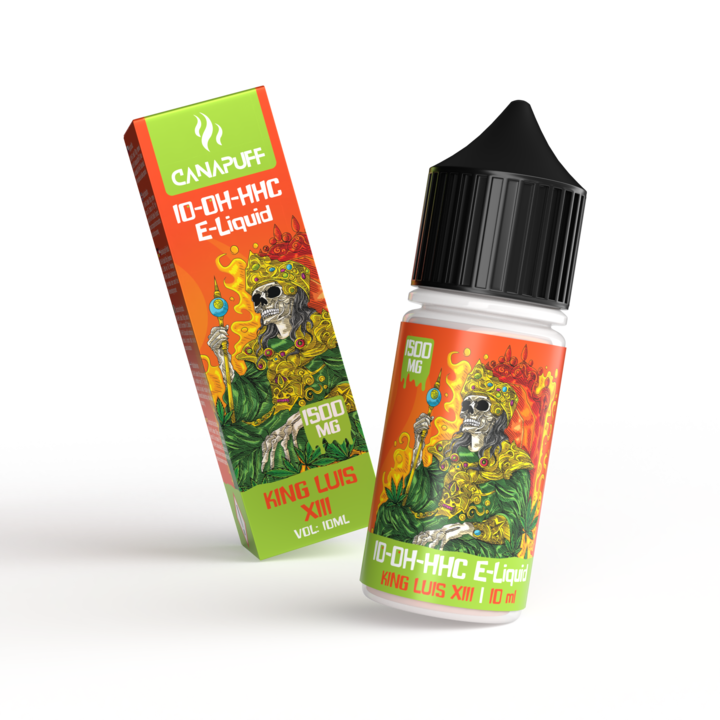
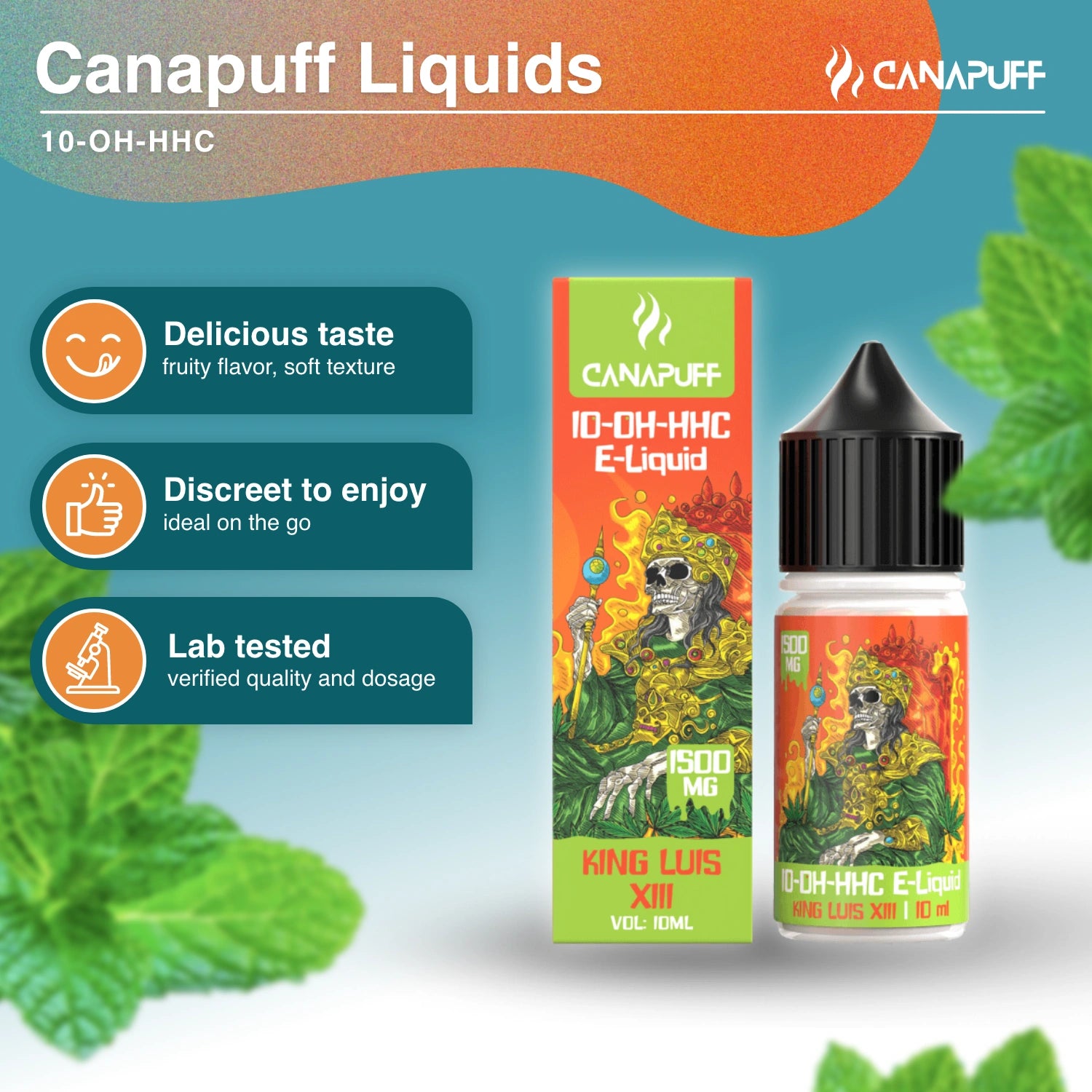
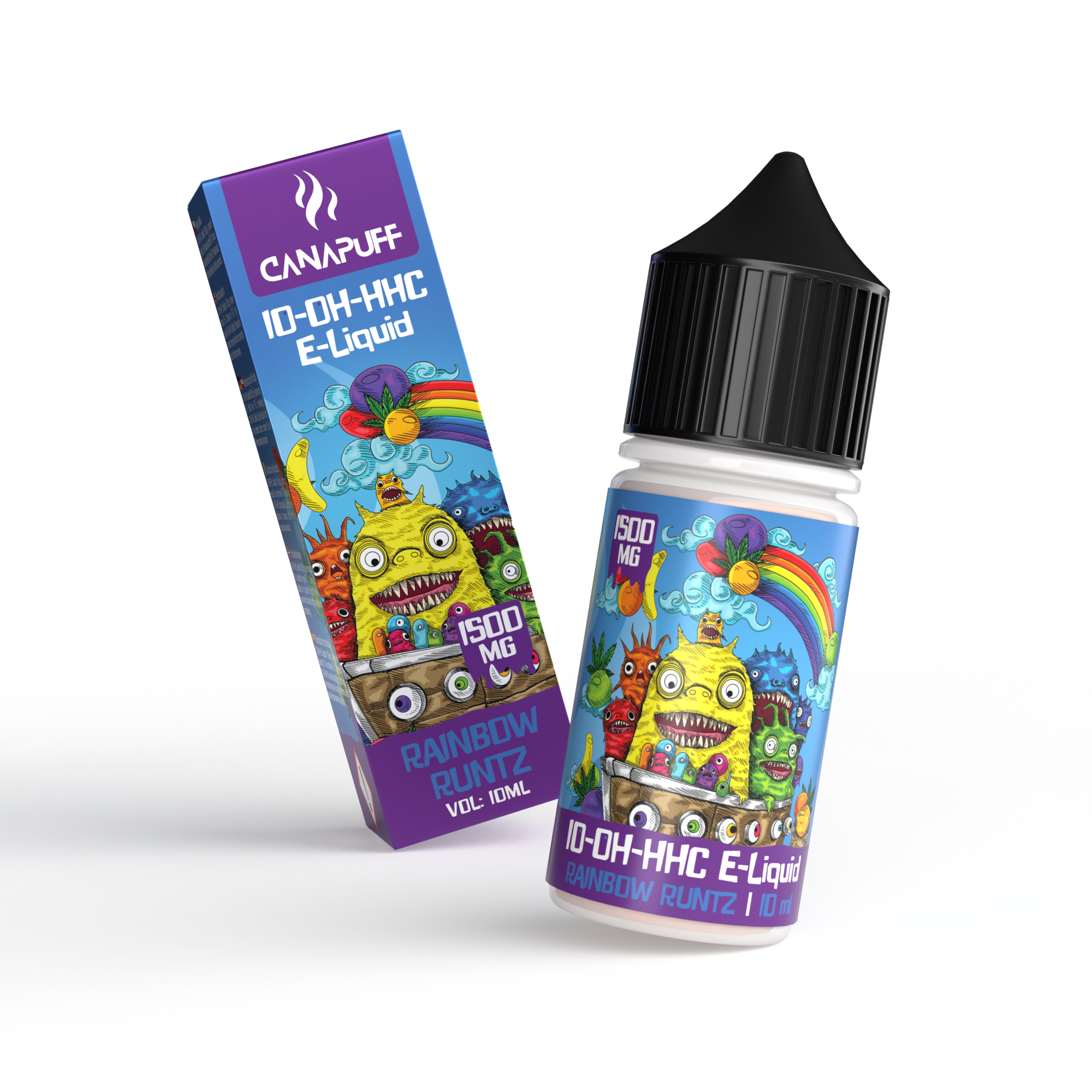
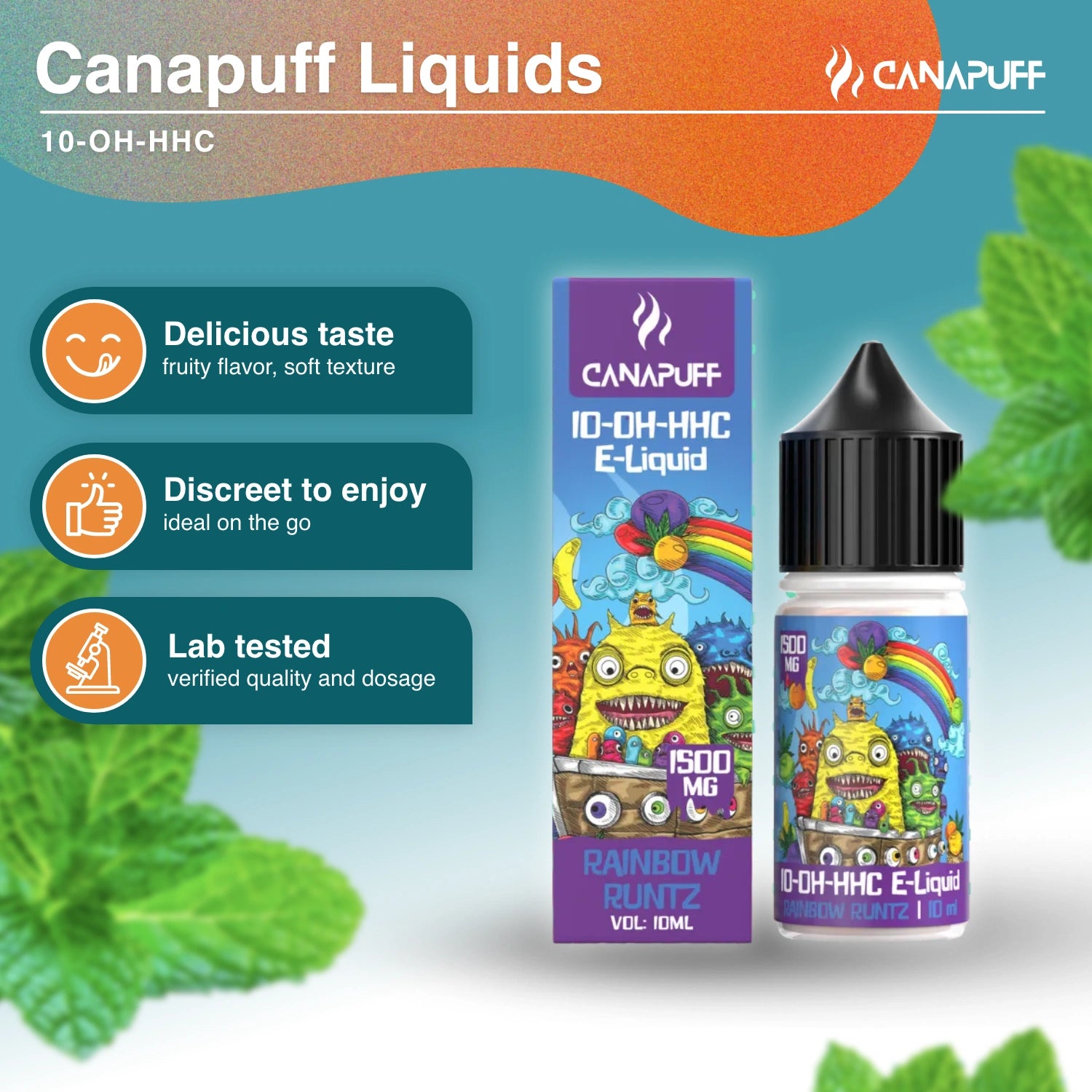
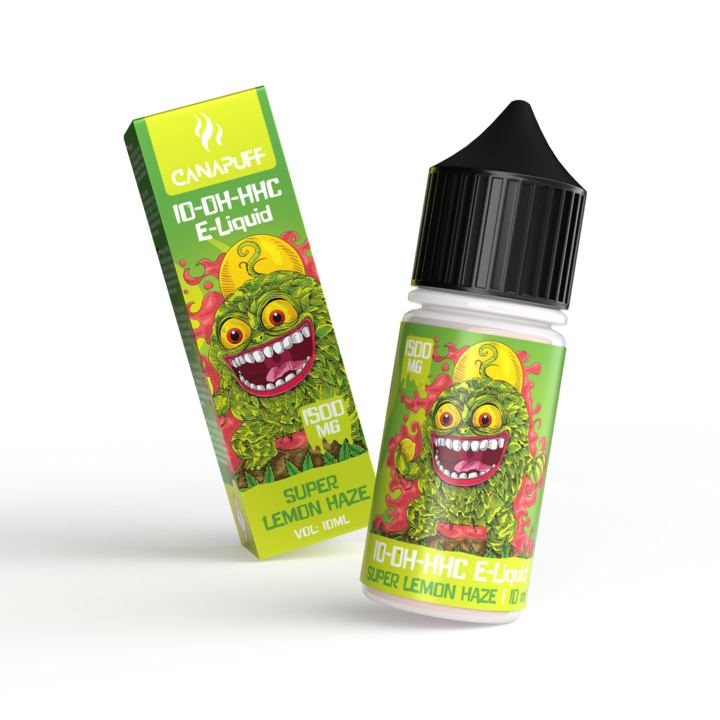
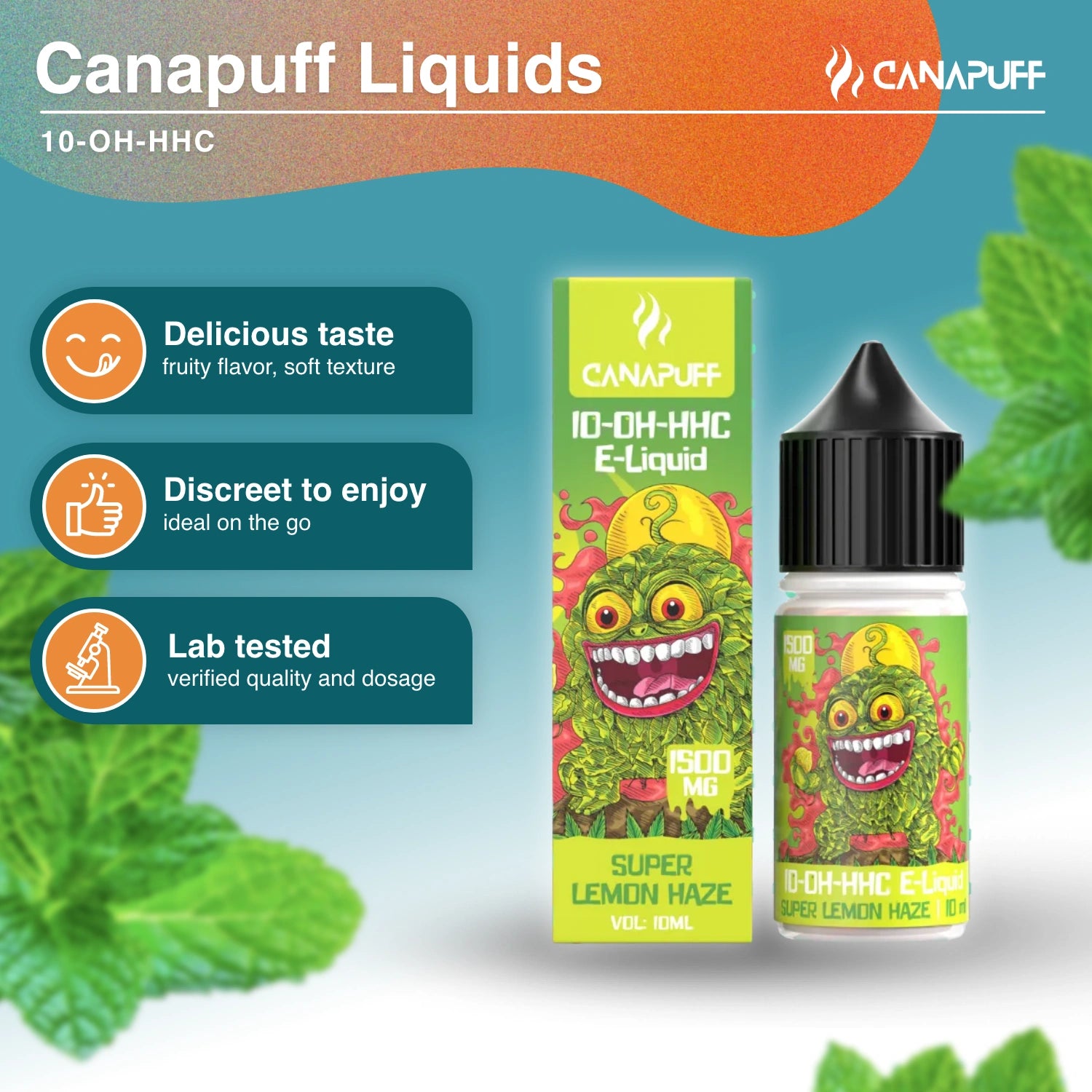
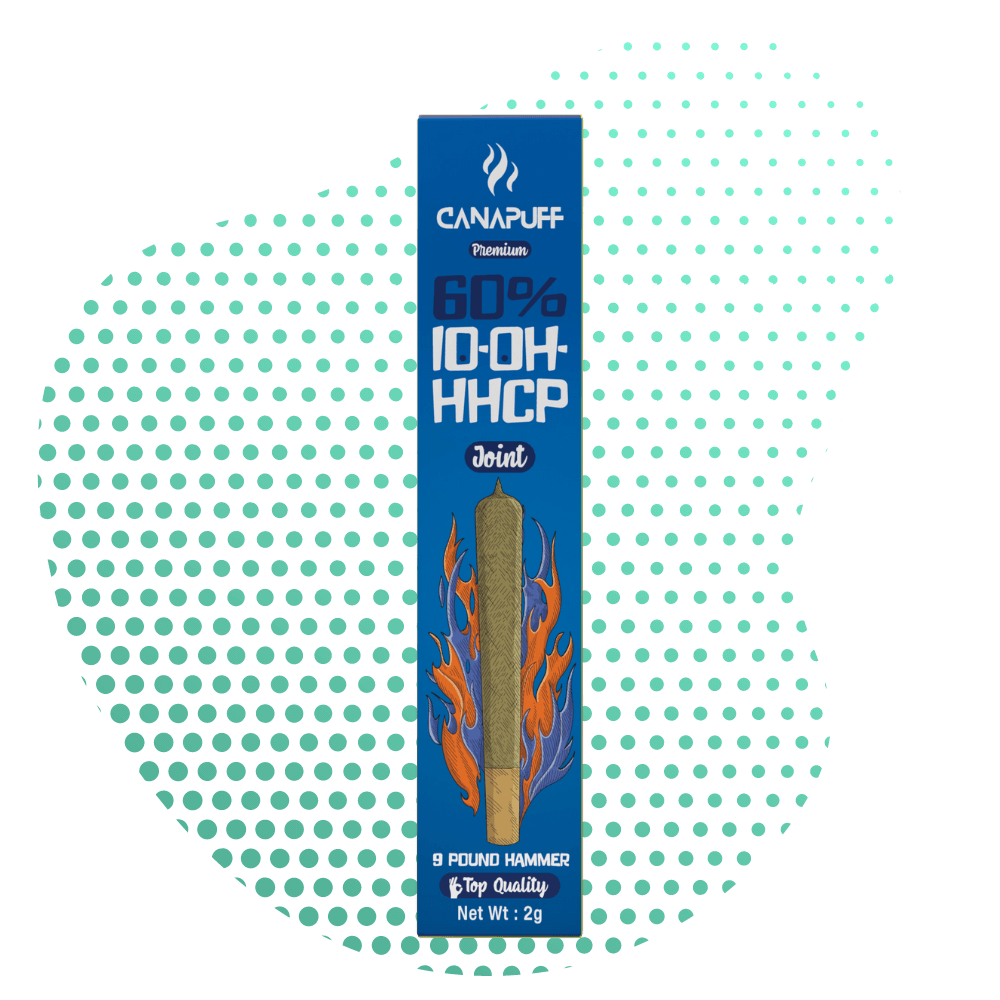
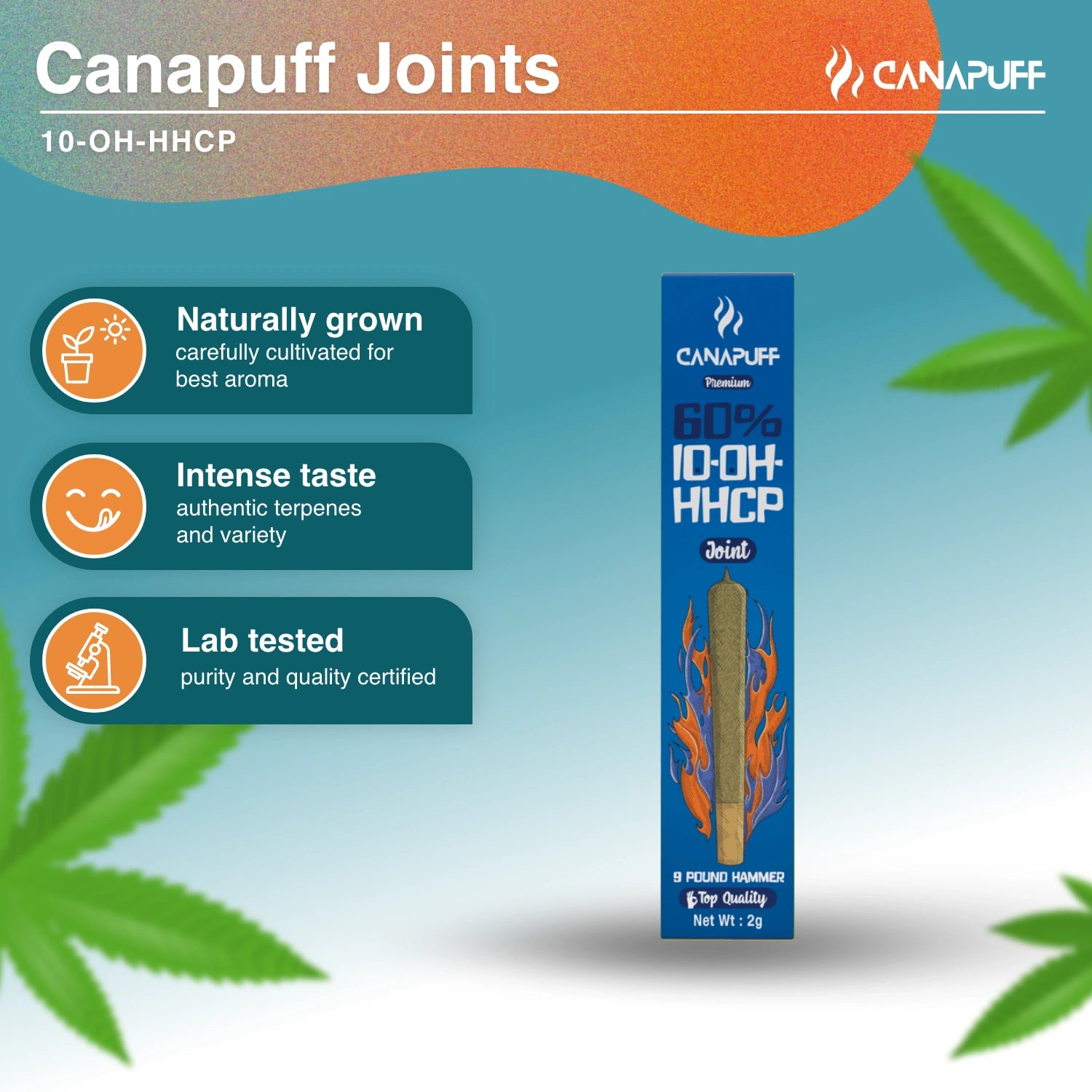
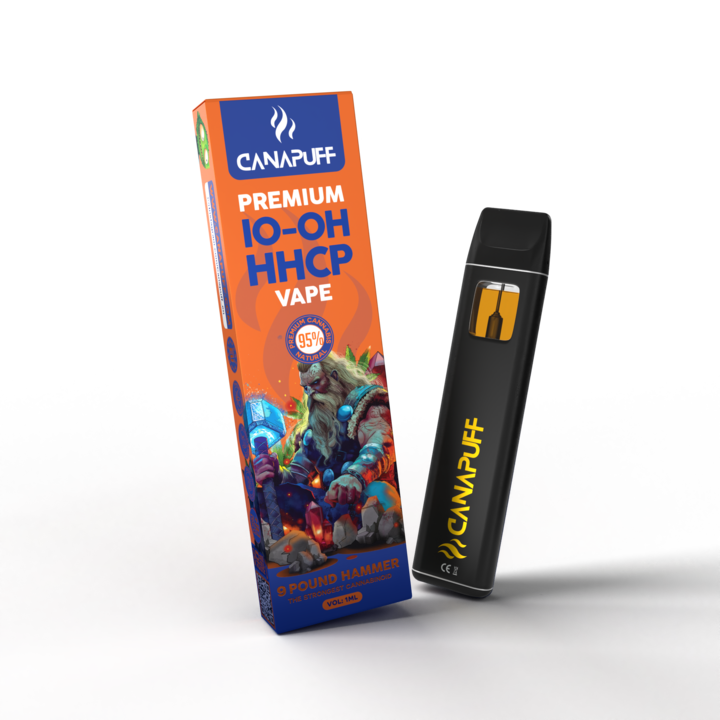
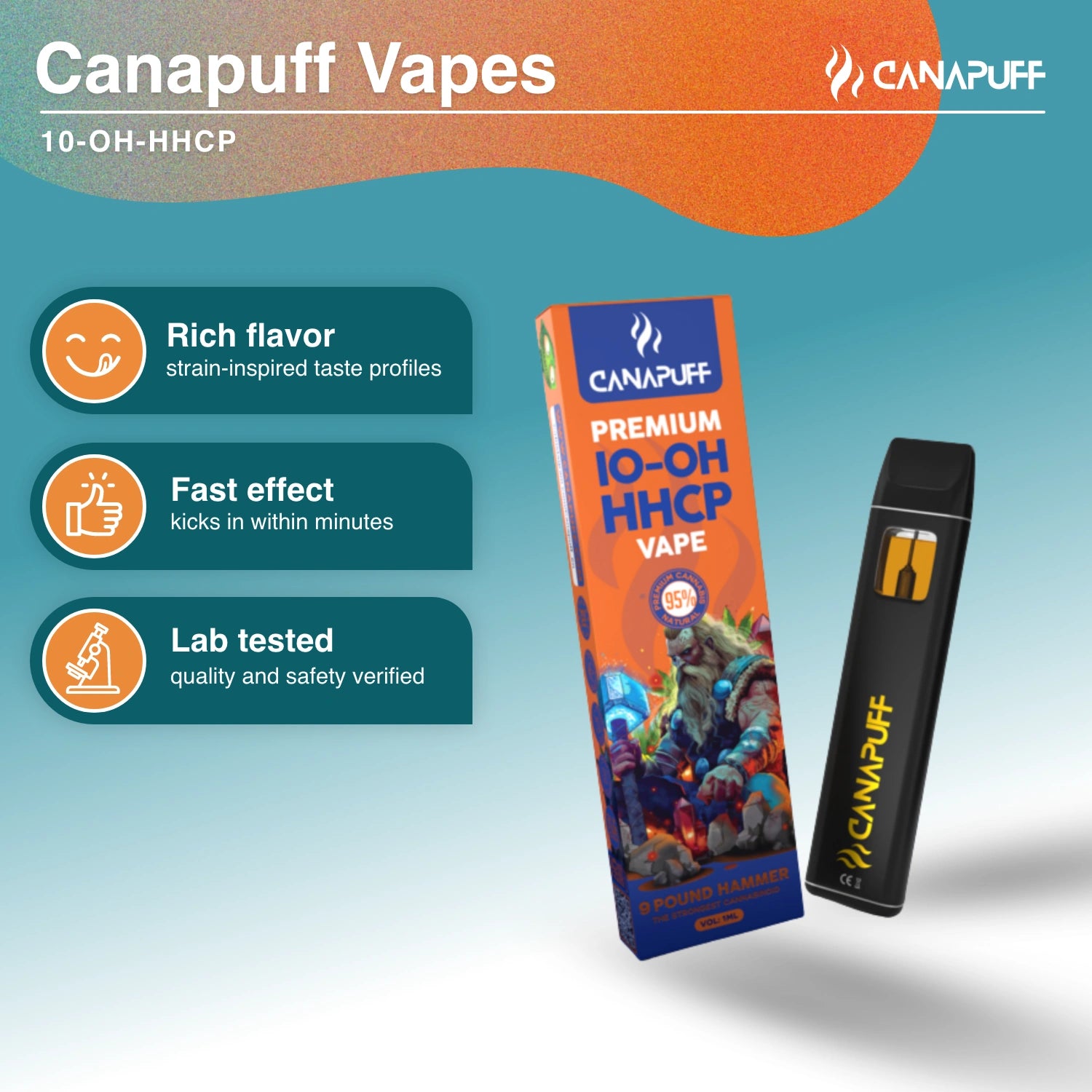




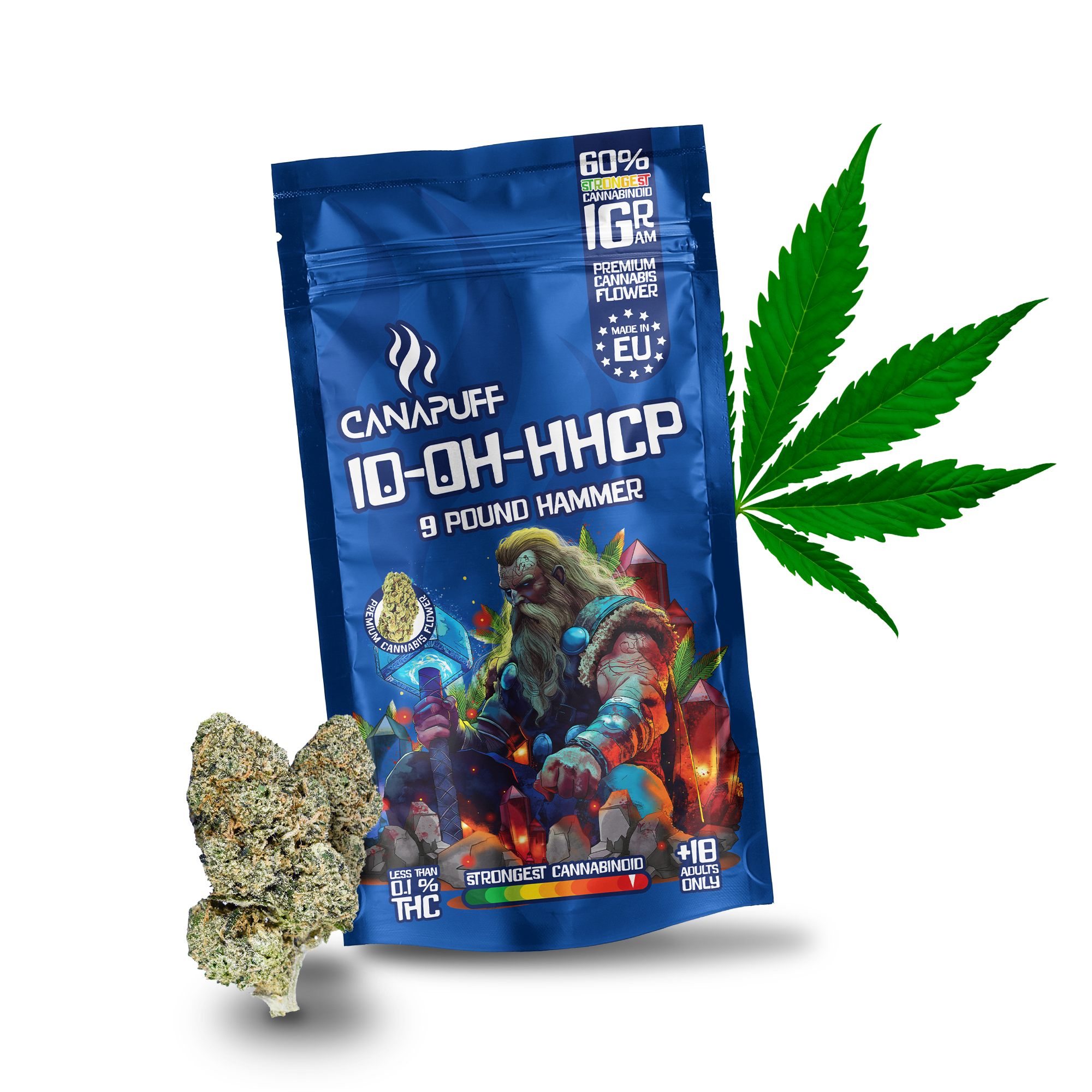
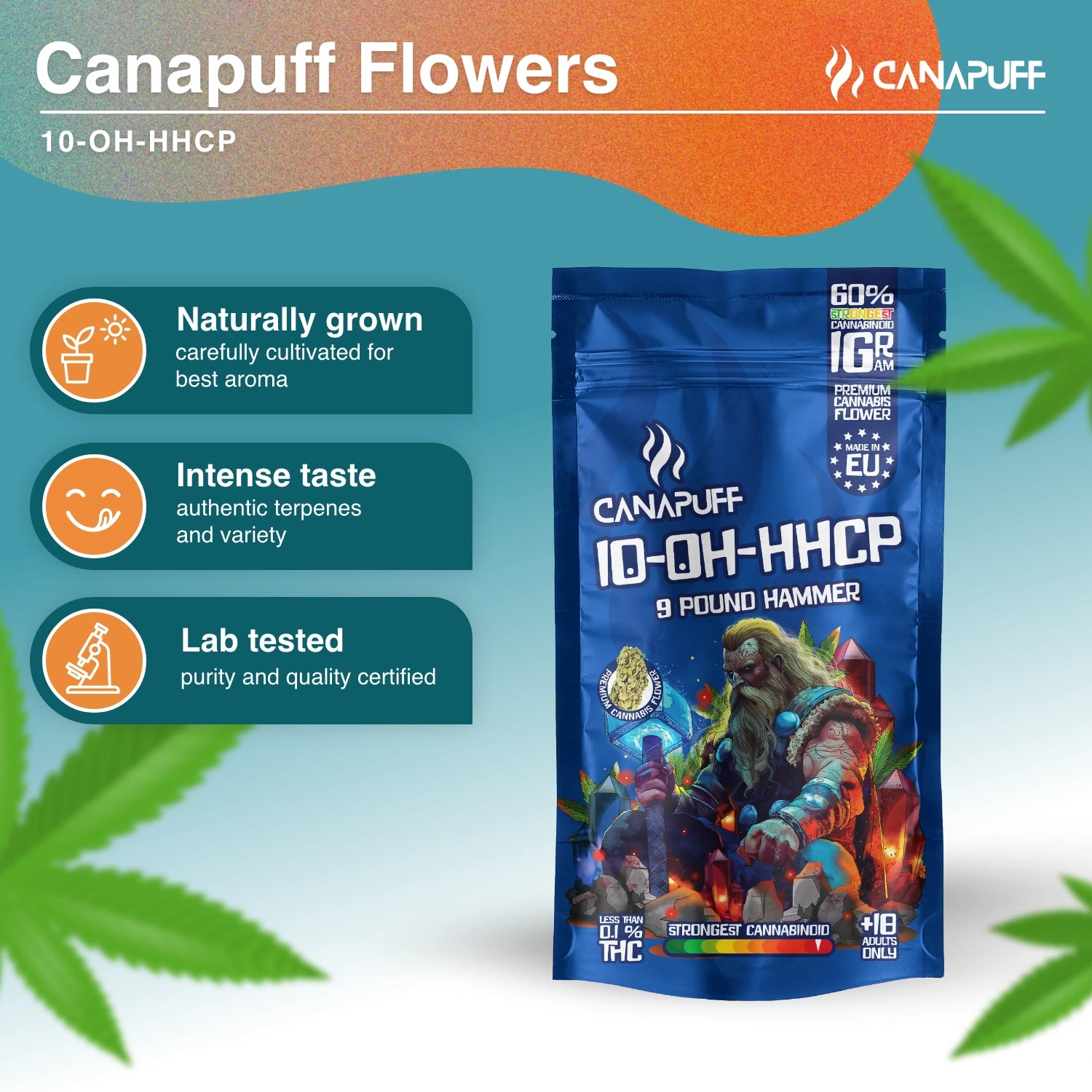
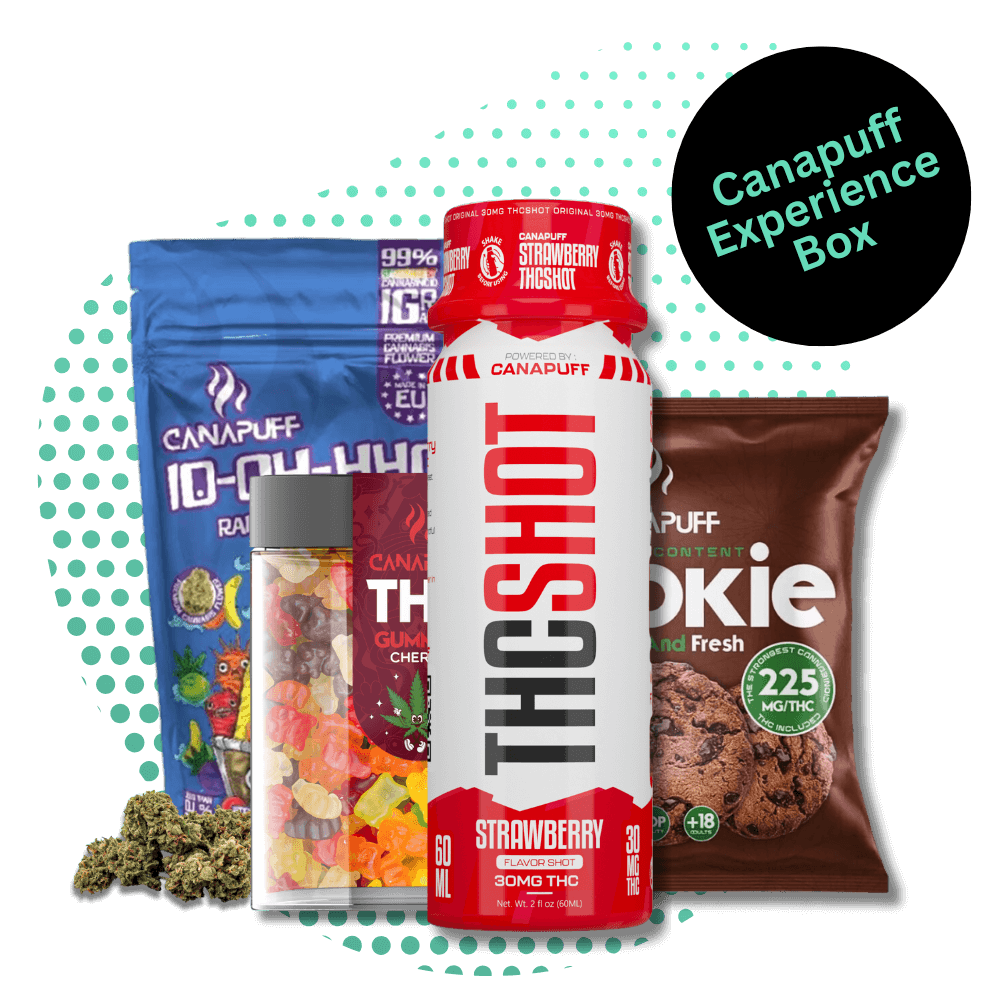



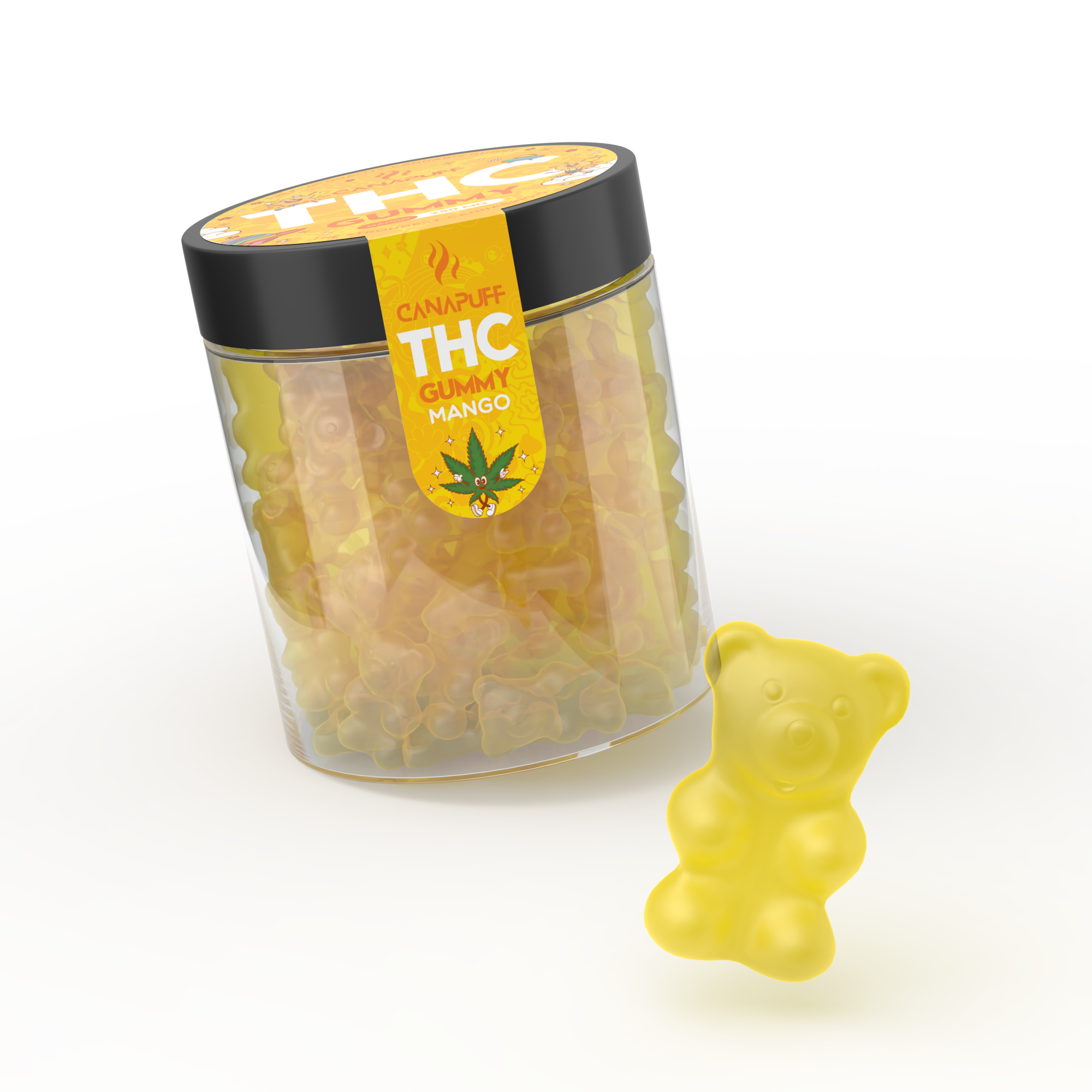



Hozzászólás
Ezt a webhelyet a hCaptcha rendszer védi, és a hCaptcha adatvédelmi szabályzata, valamint szolgáltatási feltételei vonatkoznak rá.